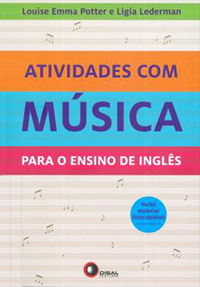The first thing to have in mind when working on PBL is that assessment is done with students’ active participation, just like everything else. Assessment is also an ongoing process, which means that students will not be assessed only at the end of the project, but along the way as well. The idea of assessment as a test that measures only content does not fit into the ideals underlying PBL, as in this approach we believe students learn more than just vocabulary and grammar. Successful PBL in the language classroom enables students to use language meaningfully and to apply what they learn to different contexts.
In this sense, therefore, assessment in PBL is a much more elaborate task, where simple grading cannot account for all the nuances of the work being developed. That is why rubrics are probably the most efficient tool for assessing students’ performance throughout the project.
“When we think of assessment in PBL, there are a few keywords to keep in mind in order to evaluate students on the same grounds we allow them to develop the project. The first key word to PBL assessment is together. Assessment criteria must be previously decided with students’ participation, so that they know how, when and what they will be assessed: how much is the project worth in the final grade? In what moments will they be assessed? How will the teacher assess their language skills? By setting the rules from the beginning, students will be aware of the shared responsibility they have in the whole process. Process, as a matter of fact, is another important keyword. As teachers, we must forget the traditional methods of assessment, in which students are only able to show you how much they learned through written tests and essay questions taken at the end of each term. If you want PBL to work, assessment must be constant and measure what students have learned rather than what they have not. In other words, assessment is part of PBL; your goal is to get students used to assessing themselves, assessing the other members in their groups, and to being assessed as the project moves along.”
(Tavares and Potter, 2018. P.32)
LIVRO RECOMENDADO
